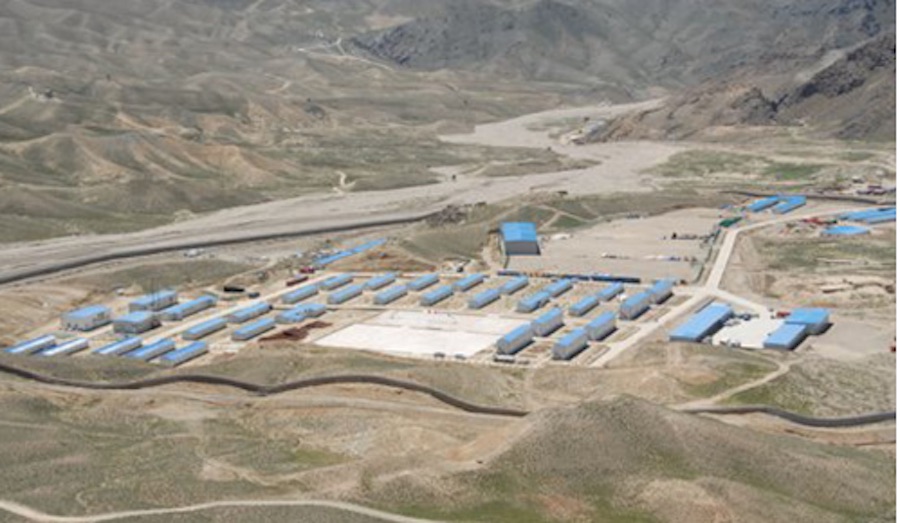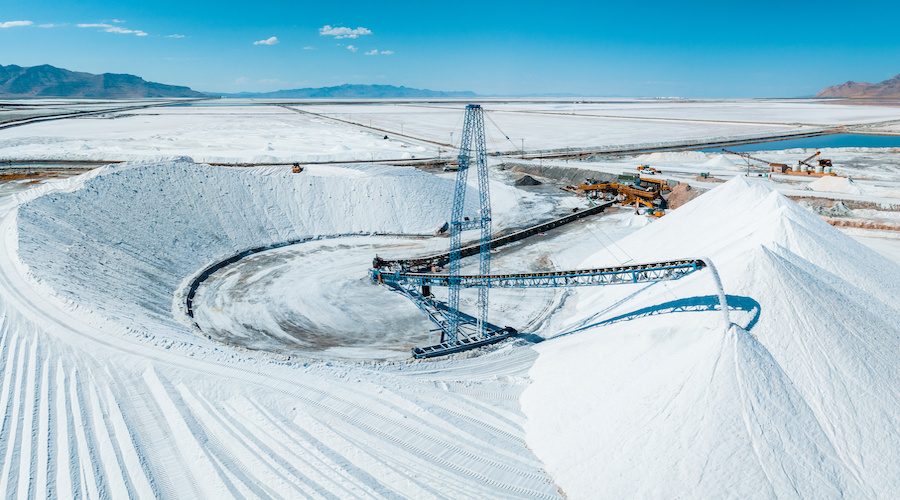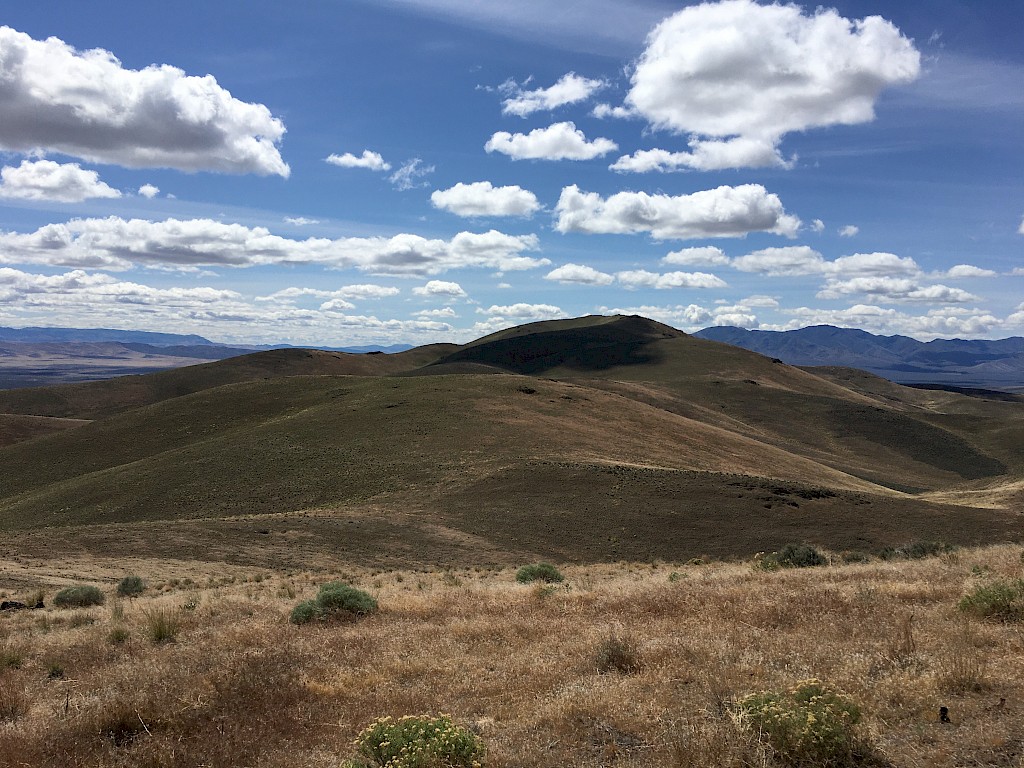The militant groups make millions of dollars annually mining talc, chromite and marble in eastern part of the war-torn nation. The international NGO in a report on Tuesday estimates the Taliban earns $2.5 million to $10 million a year from mining talc alone. It is unclear how much Islamic State’s local affiliate, which has fought and taken over mining areas from the Taliban in three districts of Nangarhar province, has managed to exploit the mines, according to Global Witness.
“The relationship between the Islamic State and mining is powerful and worrying, but it is only a case study for what is a much larger problem,” said Nick Donovan, a campaign director at Global Witness.
“The relationship between the Islamic State and mining is powerful and worrying, but it is only a case study for what is a much larger problem,” said Nick Donovan, a campaign director at Global Witness.
“Not just insurgent groups but also a host of other illegal, semi-legal and legal armed groups across the country benefit from mining. The Taliban in Nangarhar province demonstrate this with particular force.”
Afghanistan, which the U.S. estimates has $1 trillion of mineral deposits, has failed to generate significant revenue or control over its mining industry. The administration of President Ashraf Ghani has been keen to promote the assets to potential investors despite widespread corruption and increasing violence across the country and capital, Kabul. Along with the Taliban, which is estimated to now control or contest nearly half the country, fighters affiliated to Islamic State emerged in eastern Afghanistan in 2014.
Lucrative trade
The Global Witness report points to the dire state of Afghanistan’s mining industry, where revenue in 2016 supplied only 0.3 percent of the country’s $6.5 billion national budget, which comes mostly from donor nations. Plans to develop the country’s mineral resources have been stymied by insecurity, graft, weak governance, and a lack of infrastructure, a Pentagon watchdog said in January.
Talc is used in producing cosmetics and paint, while chromium, produced from the chromite ore, is critical in the manufacturing of stainless steel. Washington has spent hundreds of millions of dollars since 2009 trying to stimulate and support mineral-resource development in Afghanistan without much success, according to the U.S. Special Inspector General for Afghanistan Reconstruction.
For the Taliban it’s a lucrative trade along with opium, its main revenue generator. The group’s ability to fund itself effectively complicates President Donald Trump’s plans to end America’s longest war.
It is a “top challenge” to stop various groups from illegally mining in Nangarhar, said Qadeer Khan Mutfi, a spokesman for the ministry of mines and petroleum. Although he wasn’t able to confirm the amounts being siphoned off, Mutfi said the government has shut down at least a hundred illegal mines in the past year.
Pakistan smuggling
Global Witness cited unidentified people claiming that Islamic State had brought in foreign engineers from Pakistan and Saudi Arabia and installed heavy machinery at the mining sites. Phones are banned and locals are searched and monitored by the groups near the mines, according to the report. Most of Afghanistan’s talc production is smuggled across to Pakistan at the Torkham border where it can eventually be shipped out to other markets.
“The vast majority of minerals from insurgent-controlled mines in Nangarhar openly goes through government-held territory on the main roads to Pakistan,” said Donovan. “It is all but certain that individuals and companies in China, Europe and the U.S. are effectively, if inadvertently, funding insurgent groups.”
(Written by Eltaf Najafizada)





Comments